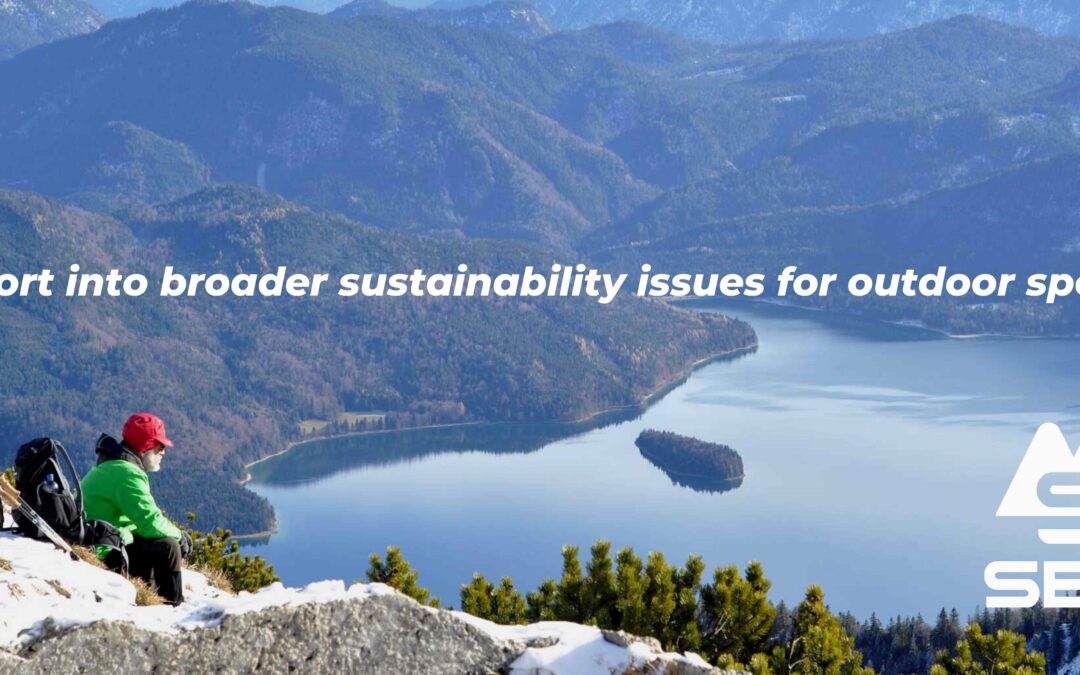It is recognised that as individuals and as a society, we have an impact on the natural environment. Our day-to-day activities in and around our sporting practices can contribute to greenhouse emissions. Decisions we make on how we travel, what we eat, the equipment we use all has an accumulative effect on the environment. Therefore, we must seek to reduce and if possible, eliminate these. Where it is not possible to do this, we must look at ways to mitigate these as effectively as possible.
Outdoor sports and physical activity in natural settings can connect people to nature and create strong empathy for environmental issues; however, outdoor sports enthusiasts can also have impacts on the local and global environment. The first publication of the SEE Project “Perceived Issues from Outdoor Sports in Protected Areas” highlighted the issues that outdoor sports can create on the natural environment and especially Protected Areas at a local level. This report will focus on the broader / global issues often but not solely associated with emissions of greenhouse gases and associated climate change. There are nine identified key areas where outdoor sports practitioners can have impacts (although this is not exhaustive) and each of these will be examined in the report:
1. Mobility and Travel
2. Equipment and consumption
3. Waste and use of unsustainable materials
4. Infrastructure
5. Food and drink
6. Social media and communication
7. Events – problem or opportunity
8. Environmental and nature connectedness
9. Championing climate action and being nature advocates
The SEE project seeks to understand the impacts that outdoor sports can create in natural and protected areas as well as more globally with respect to climate change etc. It also aims to identify good practice from within the sector and then develop resources and methodologies to share knowledge and develop skills to support greater environmental responsibility by outdoor sports practitioners.

